Sustainability has fallen short for the European market, and the newest European Green Deal has set the stage for circularity to be the norm, including waste reduction, single use restrictions and energy efficiency in the entirety of a products lifecycle.
Sustainability has fallen a little short on the European Union’s agenda, meaning that sustaining our current model is no longer an option, or at least not the only one. The focus now is not adaptation and transformation, and for that, a circular economy model seems to be the best fit.
As EU commissioner Frans Timmermans stated ‘It’s time to end the model of ‘take, make, break, and throw away’ that is so harmful to our planet’.
A change of path
The beginning of a new sustainable era has been in the making ever since the European Green Deal was presented back in 2019, setting a rather ambitious roadmap towards climate neutrality and circular economic growth and development.
On the basis of reducing pressure over natural resources, the targets set out in the plan include things such as the safeguarding of biodiversity, energy efficiency, public transportation, future-proof jobs and training and longer lasting products, among other things.
This latter target is what we wanted to focus on today, more specifically on the recently announced Circular Economy Action Plan by the European Commission. It is a very important step into the future of sustainability as it proposes significant changes for the European market:
- Make sustainable products the norm: Legislation will be proposed to ensure products in the EU market are designed to last longer, restricting single use products, tackling obsolescence and the destruction of unsold goods. Additionally, consumers will have access to reliable information on issues regarding durability or reparability in order to empower more sustainable choices.
- Encourage circularity: Concrete circularity actions will be taken upon the sectors with most potential on the matter: Electronics & ICT, Batteries & vehicle, Packaging, Plastics, Textiles, Construction, Food. This includes new regulatory frameworks, sector-specific mandatory requirements, strategies and legislative initiatives.
- Avoid as much waste as possible: The focus will be on avoiding waste by transforming it into secondary high-quality resources. This includes harmonizing waste collection and labelling in the Union as well as an action plan to minimize EU exports of waste and tackle illegal shipments.

The European circular economy plan in a nutshell

Transparency for the future of sustainability and circularity
We believe and work for transparency to be one of the key values driving the fight for climate action, social wellbeing and good governance as it is the only way to understand what we are doing wrong, what we are doing right and what it is that we are not doing yet.
Because being transparent is not only an externality to a company, or a given organization, to help build trust and reputation; it is in fact also a great learning and improvement mechanism. You cannot manage what you don’t understand. And so we advocate for transparency, integrity and precision as imperatives to the fight against climate change.
In DoGood we are convinced of the need to understand and manage efforts to achieve a sustainable transition inside an organization for the correct and efficient functioning of the business and the community it operates in. We alone cannot achieve the substantial changes necessary, but we work on the basis of collaboration, transparency and accuracy in order to bring light to sustainable actions.
In this regard, it is essential to our work to promote good corporate governance, meaning that the processes of disclosure and transparency are followed so as to provide regulators and shareholders as well as the general public with precise and accurate information about the financial, operational and other aspects of the company, including a more accurate definition of the ESG performance.
We have developed a corporate government tool that helps establish ESG impact objectives for employees in regards to the sustainability strategy of the company. Through our technology we are able to activate and track employees’ impact, creating engagement that translates into improved ESG metrics, reputational value and an overall positive impact for the environment and society.

If you want to know more about how we work to create a positive social and environmental impact, click here.







